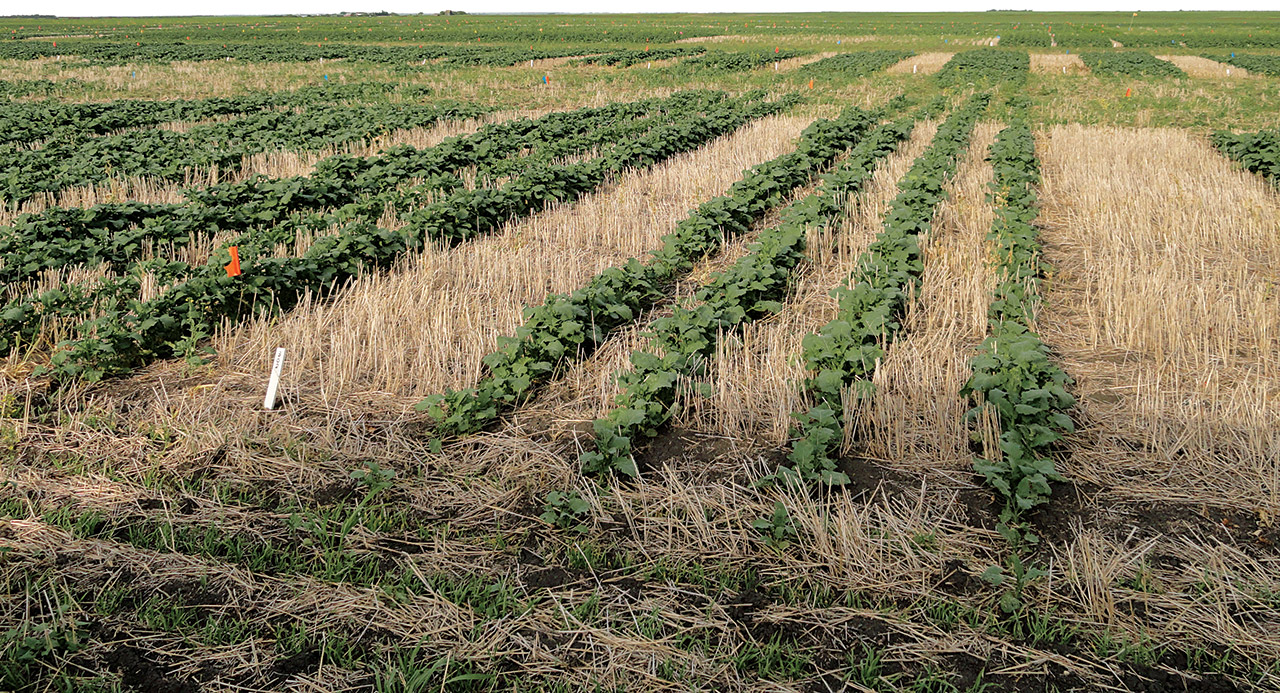
Research briefs: Growing Forward 2 projects
The federal government’s $15 million investment in canola research through Growing Forward 2 combined with the canola industry’s contribution of $5 million is funding 23 research projects for five years. Here are short descriptions and early progress reports for agronomy projects on that list, organized into the four strategic plan categories. Final results are still a few years away.
Use seed treatment to minimize early disease
Control weeds early
Grower-funded research projects

Canola growers across the Prairies fund many research projects with their levy payments to Saskatchewan Canola Development Commission, Alberta Canola Producers Commission and Manitoba Canola Growers Association. Many of those projects are funded through the joint Canola Agronomic Research Program (CARP) – an arrangement that has been ongoing for almost 30 years. Other projects are funded through arrangements with other organizations listed in these summaries.
Here are short descriptions of and updates on all ongoing projects directly funded by provincial canola grower organizations.




